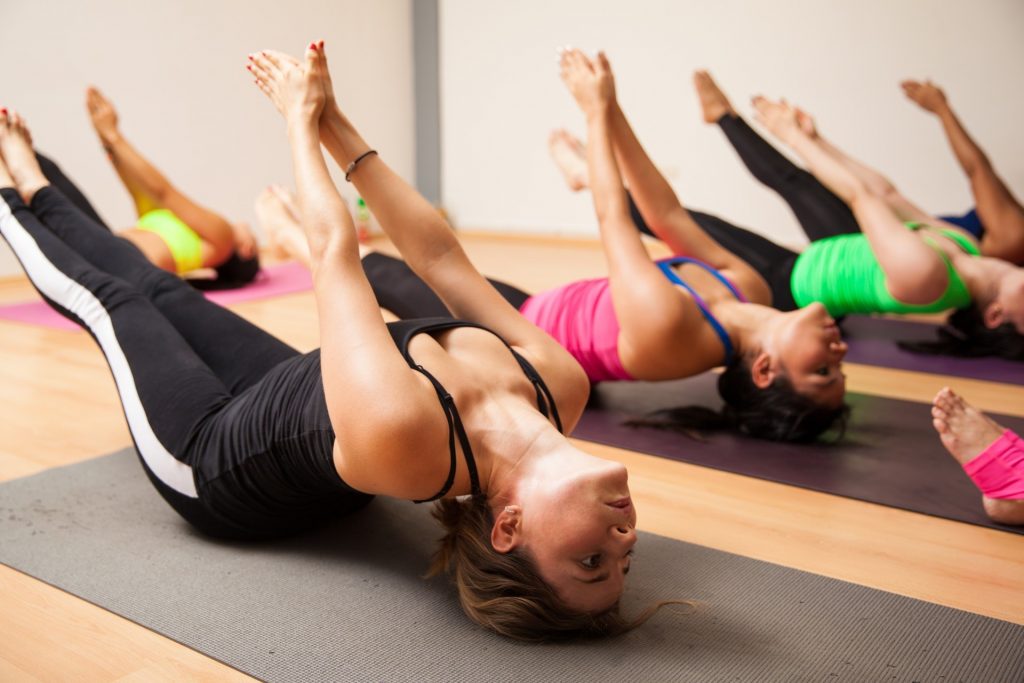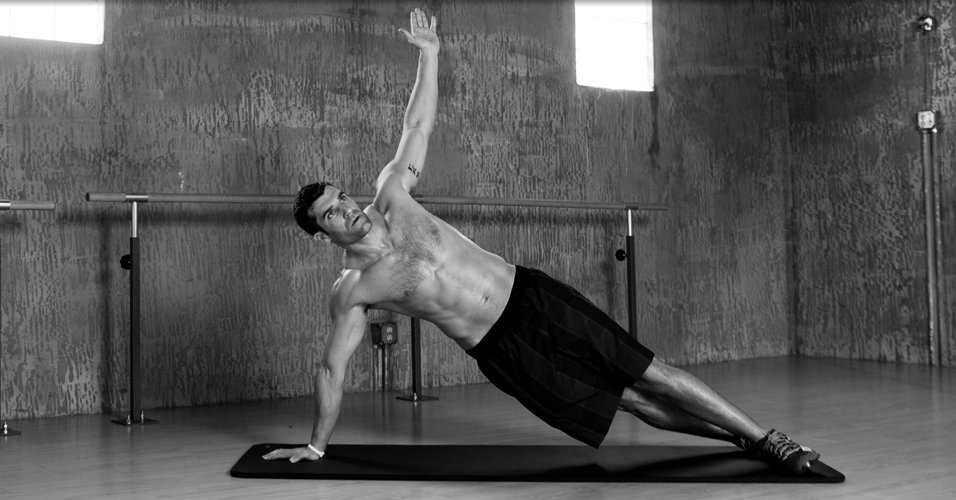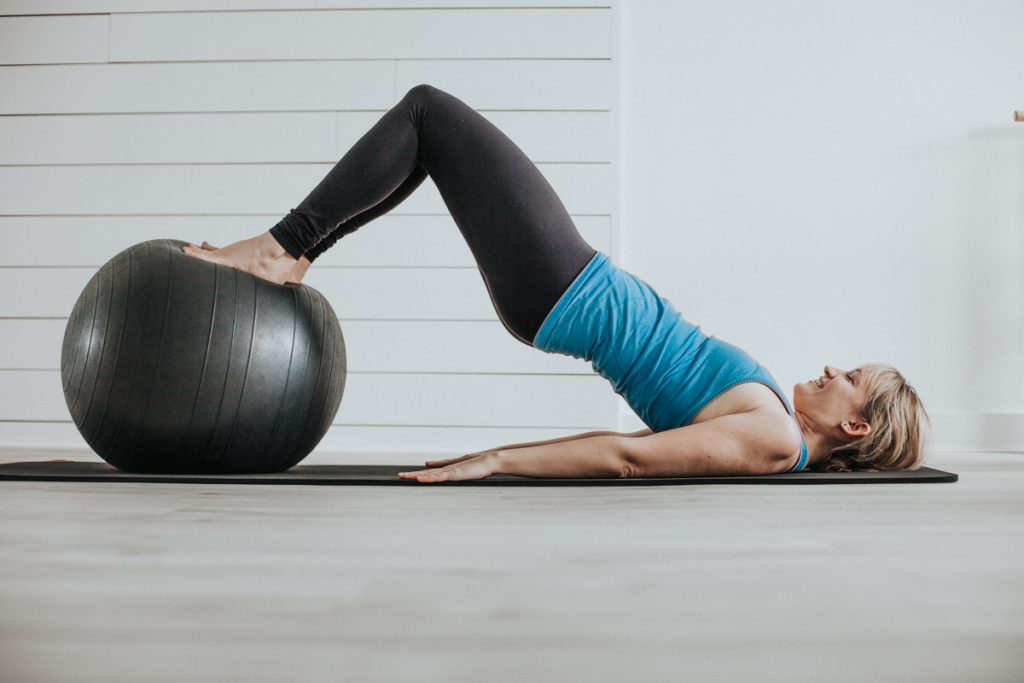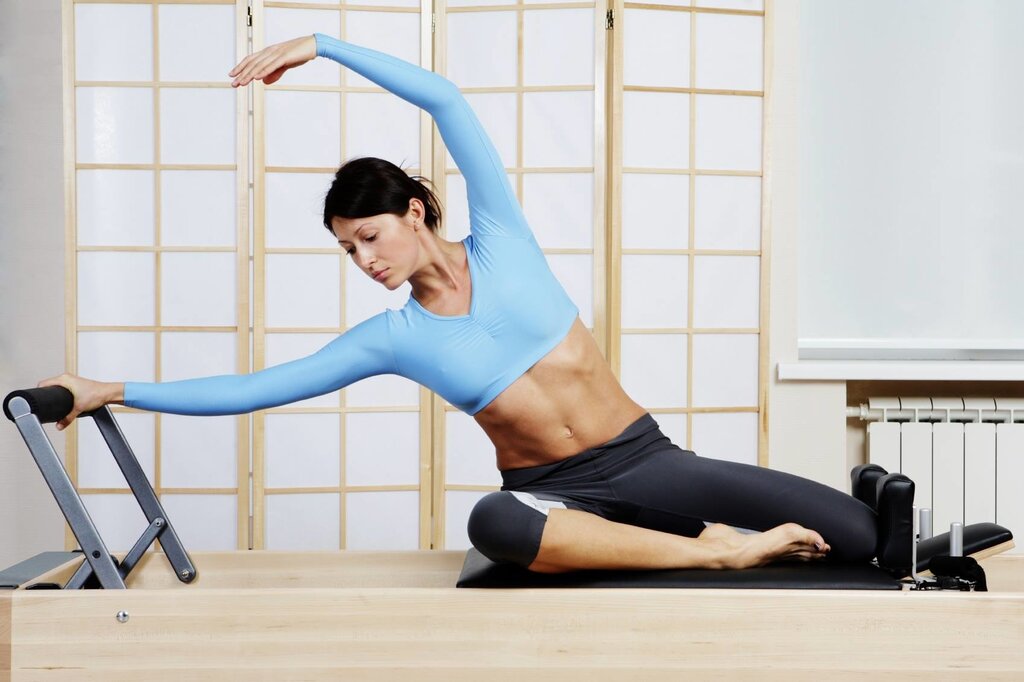We will tell you why Pilates for beginners is one of the most optimal fitness systems
What is Pilates?
Chances are, you’ve heard this word a lot. Pilates is often associated with yoga, stretching, breathing practices. To some extent, Pilates includes all of these elements, but it is still a unique training system and is one of the fastest growing fitness trends today.
What makes the Pilates method so special? We propose to take a moment and, before proceeding directly to training, get acquainted with the main features of Pilates and the principles that were laid down in the basis of the methodology by its founder, Joseph Pilates.
Yes, Pilates as a system of physical exercises and tactics of mental concentration only eventually began to be named after the person who was at the origins of its development, and this was in the 1920s. Joseph himself called his method counterology, implying the possibility of developing full coordination of body, mind and spirit.
And this is one of the secrets of Pilates: practice each movement with complete control and attention. Joseph was convinced that when we exercise in this way, body and mind come together to bring the greatest possible effect from each exercise.
This exercise technique was originally used as a rehabilitation program for former prisoners of war. Later, Pilates worked with a small group of experts who were able to find out that such a training method can bring significant benefits to anyone interested in improving their level of fitness.
As a result, Pilates has become a popular technique for the restoration and development of muscles, and many people now have the opportunity to practice this technique in all the variety of its forms and styles.

Who Can Benefit from Pilates?
Anyone who is either already engaged in it, or is interested. Why? One of the advantages of this method is that it works equally well for a wide range of people. Athletes and dancers, the elderly, pregnant women, people who are at various stages of physical rehabilitation – this is an incomplete list of those who, thanks to Pilates, can feel able to move with grace and ease through the harmonious development of strong and durable muscles.
Unlike some other forms of exercise, Pilates focuses on working out the deep muscles of the body and maintaining traction along the entire spine, forming the so-called “muscle corset” and restoring the natural deflection in the back. Pilates workouts help develop muscle strength and balance, as well as increase flexibility and range of motion in the joints.
This explains why Pilates is so popular for rehabilitation and recovery purposes. Many athletes claim that Pilates is a great foundation for any kind of sports training they do. In other words, Pilates provides a powerful integration of muscle, brain, and breathing that is very difficult to achieve with other training approaches.
How does the Pilates technique work?
The main goal of training is elastic, strong muscles. It is important to understand that when doing Pilates, we do not seek to build muscle mass, as, for example, in resistance training. In Pilates classes, first of all, functional musculature is formed, which works perfectly in the context of the body as a whole and ensures the productivity of the body throughout life.
One of the ways Pilates is used to develop strong muscles is by using a special type of muscle contraction called eccentric contraction. Also in Pilates training, a direction is being developed to safely increase the length and flexibility of muscles, as well as the range of motion in the joints. While Pilates does not offer the same perspectives that could be achieved with yoga practices, a body that can bend and stretch is a perfectly realistic goal for Pilates beginners.
The main muscles of the body that are emphasized in the exercises are the deep muscles of the back, abdomen and pelvis. The development of these particular groups forms a strong abs, flexible back, good posture and refinement of movements. When the press is strong, the position of the body is automatically maintained. This means that the neck and shoulders can relax while the rest of the muscles and joints are freed to do their job.
One of the paradoxes of Pilates is that the more you exercise, the more energy you get. This is due to the fact that thanks to Pilates, the functioning of the respiratory and circulatory systems is improved, the spine is developed and muscles are stimulated, filling the whole body with pleasant sensations.
If you want to lose weight, then Pilates training can be helpful. After all, the formula for weight loss remains the same: burn more calories than you consume. As a fitness method, Pilates combined with aerobic activity can burn enough calories to lose weight and dry muscles.
Pilates: where to start?
Pilates is in many ways a highly adaptable method. All exercises in this training system are designed in such a way that they can be performed in various versions and modifications. Making certain necessary changes makes Pilates training safe, but at the same time challenging for any person, regardless of the level of physical fitness, body type and nature of sports needs. Therefore, the recommendation number 1 sounds like this: “Choose Pilates specifically for yourself.”

If you have not practiced Pilates before, then it is important to decide in what conditions and with whom your training will take place. This can be self-study based on information from books, the Internet, group classes with a trainer in the fitness center, or private lessons.
But here it is necessary to note the following: Pilates for beginners , as a rule, presents certain difficulties in terms of adhering to all the principles of this training system. Therefore, recommendation # 2: “First of all, take a few individual lessons or attend group classes.”
What are the basic principles of doing Pilates exercises?
Now that we have become familiar with what Pilates is as a special training technique, it’s time to think about how a beginner can move on to the actual exercises. And the first thing to remember is the 8 Pilates whales, on which the entire system is built, allowing you to get the maximum benefit from every movement and exercise.
Centering, concentration, control, precision, breathing, regularity, fluidity, and visualization are the basic principles that apply to any Pilates movement. Working in accordance with these principles allows us to focus our attention on each specific step that we take.
Increased attention accelerates the effect of exercise and allows the body to get more out of each exercise than it would if the exercise was done thoughtlessly. In other words, if you understand what you are going to do and why, then you will have a solid foundation to get the most out of your Pilates workout. Next, we will outline the actual Pilates training program for beginners .
But in order to facilitate the task of following the listed principles, for each exercise of the program a muscle focus is indicated, that is, that muscle group on which all attention should be concentrated.
Pilates exercise program for beginners
- Warm up. The body must be prepared to safely perform more challenging exercises. Always start by breathing! In Pilates, we breathe through our chest: expand your ribs as you inhale and return to the center as you exhale. There can be two or three warm-up exercises. Then take the rug and start exercising;
- “Spin up and down” from a sitting position (focus: abdominal muscles);
- “Twisting the body to the side” while sitting (focus: external and internal oblique muscles of the abdomen, group of deep muscles of the spine);
- Rolls on the back (focus: abdominal muscles, balance and coordination);
- “Hundred” (focus: breathing, press);
- “Shoulder bridge” (focus: mobility of the spine, back of the thigh);
- Criss-cross (focus: oblique abdominal muscles, transverse muscle);
- “Rotation of the leg in the hip joint”, in the supine position (focus: abdominals, hip flexors);
- “Swimming” lying on the stomach (focus: back muscles)
No Pilates exercise should be done through pain! If this happens during training, then the exercise must be replaced or skipped altogether.
Well, now you know how to prepare for your first Pilates workout. We hope our recommendations were useful and you will use them.


